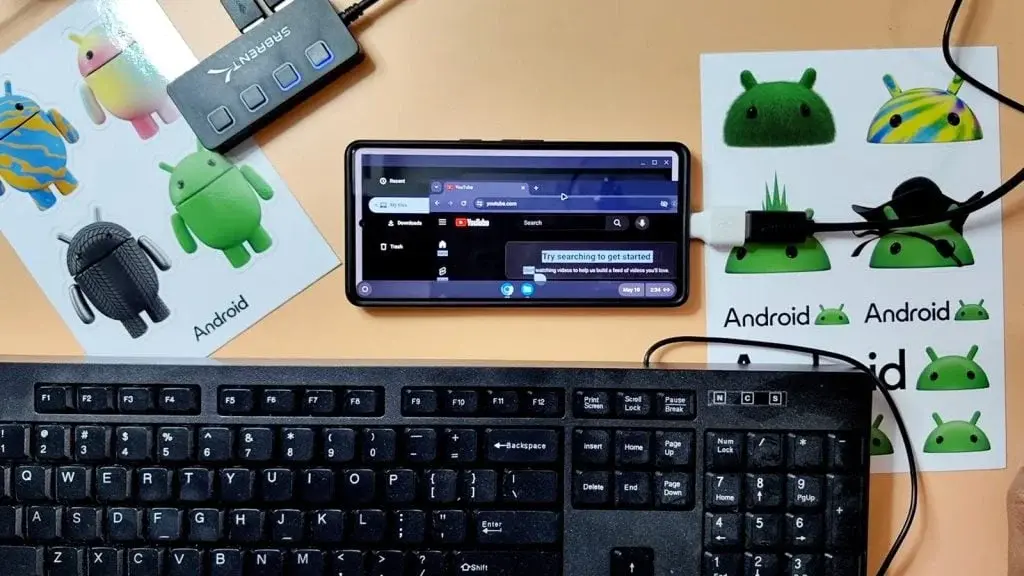Google’s mobile OS, Android, has been around for a long time, yet it hasn’t provided a true desktop experience when connected to a monitor. Both Microsoft’s Continuum for Lumia and Samsung’s DeX aimed to offer such experiences, but neither solution gained widespread adoption. Importantly, Google never supported this kind of functionality natively. This, however, might be changing as it appears that Google is working on a solution.
ChromeOS: Google’s Different Approach
Rather than adapting Android for desktops, Google created ChromeOS, a lightweight operating system designed specifically to offer a desktop experience. ChromeOS powers several laptops, particularly those used in educational settings. While it hasn’t reached the dominance of Windows, ChromeOS provides a user-friendly alternative.
Google’s ChromeOS on Android
Recent reports by Android Authority indicate that Google might be exploring ways to bring ChromeOS to Android devices. Additionally, Google will allow OEMs to run ChromiumOS, the open-source version of ChromeOS, on their devices. Although there is no official evidence yet that Google is merging both platforms, we know that Google previously worked on a hybrid architecture called "Andromeda," which combined ChromeOS and Android-based systems, though it was later canceled.
ChromiumOS on Pixel 7 Pro
The Android Authority team successfully ran ChromiumOS on a virtual machine within Android, codenamed "ferrochrome." This was made possible with Google’s VL Launcher app and Android’s Virtualization Framework (AVF), suggesting the potential for running ChromeOS on Android devices in the future.
In a video shared by Android Authority, ChromiumOS operates very smoothly on the Pixel 7 Pro. While it’s too early to say that Google has transformed Android devices into desktop machines, the capability to run ChromiumOS on Android is promising. We might see some intriguing developments from Google soon.


Leave a Reply